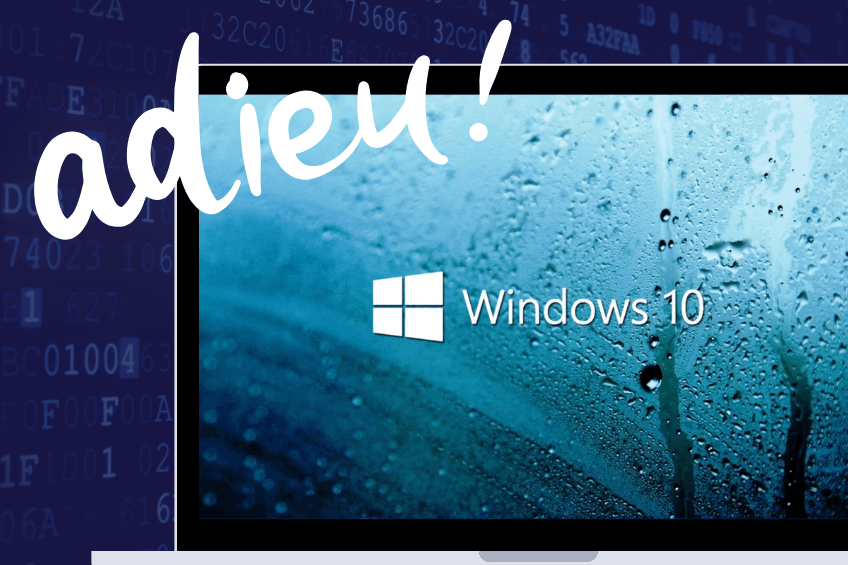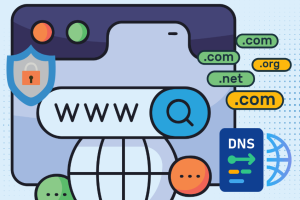Microsoft has officially announced that Windows 10 support would expire on October 14, 2025. Past that date, Microsoft will no longer offer free security updates, bug fixes, or technical support for Windows 10. Although your computer will continue to operate, it will become increasingly susceptible to security threats.
What’s at Stake After Windows 10 Support Ends
- Security issues: Without security patches, Windows 10 would be more vulnerable to malware, ransomware, and cyberattacks.
- Software incompatibility: Software will not be compatible with Windows 10 any longer, resulting in lesser functionality.
- Hardware constraints: The new hardware and devices will not be supported by an outdated operating system.
- No official support: No technical support will be provided by Microsoft anymore, and hence, customers have to rely on other solutions.
Transitioning from Windows 10 - What are Your Options?
Option 1: Upgrade to Windows 11 (If Your PC Supports It)
If your computer is compatible with the minimum system requirements, you can upgrade to Windows 11 for free. Upgrading ensures that you will continue getting security updates and new features. To find out if your PC is eligible:
- Navigate to Start > Settings > Update & Security > Windows Update
- Click Check for updates
- If your computer is eligible, go through the steps to install Windows 11.
Option 2: Get Yourself a New PC with Windows 11 Pre-Installed
If your existing device is not compatible with Windows 11, then you will have to purchase a new Windows 11 PC. This will ensure that it would be supported by future security patches and updates.
Final Thoughts
Your best choice is based on your device compatibility, budget, and future requirements. If your PC supports Windows 11, then upgrading is the simplest solution.




